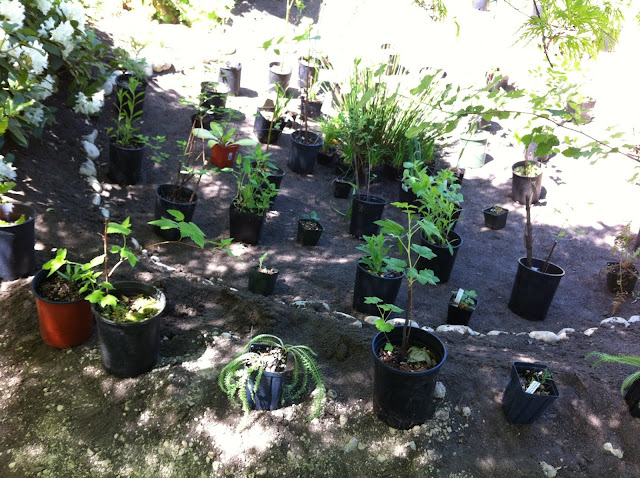Appreciation Page

Special Thanks Go To: Tyson Kemper, CC/UWB facilities manager, for his invaluable help and advice, operation of earth moving equipment, and for donating native plants Gabe Barnes, wetland restoration coordinator, for donating native plants and shrubs Go Natives! plant nursery, for their generous discount on native plants Stephan Classen, for mentoring the project and coordinating financing John VanLeer, for providing funding though the WaterWorks grant Steven T. Jackson, for hours and hours of help excavating the site, installing the irrigation system, and creating the sign, as well as constant feedback and support The Cascadia College BASSP cohort of 2019, especially Selina Maxfield, Evan Schroeder, Hannah Price, and Chelsie Martell, for donating time, work, vehicles, and plant expertise Jodie Galvan, for mentoring, feedback, structure and encouragement Thank you!




